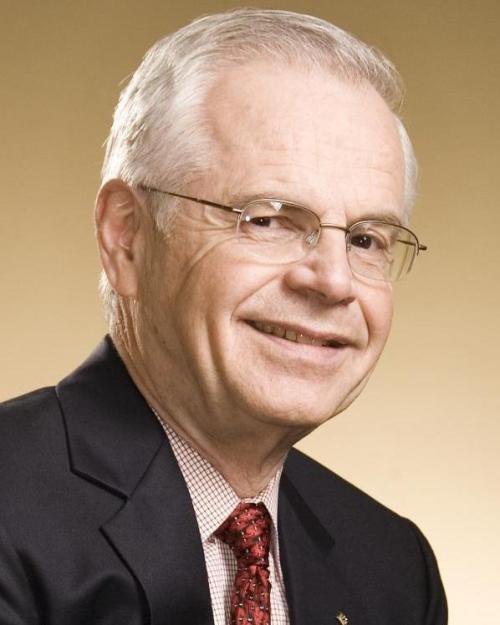
UFFC Cosponsors the IEEE Milestone for the First Atomic Clock – Developed at NIST
S. Lori Bridal
Presentation Menu
The first atomic clock, developed near this site by Harold Lyons at the National Bureau of Standards, revolutionized timekeeping by using transitions of the ammonia molecule as its source of frequency. Far more accurate than previous clocks, atomic clocks quickly replaced the Earth’s rotational rate as the reference for world time. Atomic clock accuracy made possible many new technologies, including the Global Positioning System (GPS).
IEEE Milestones Celebrate Major Achievements
The IEEE Milestones program honors significant technical achievements in any of IEEE’s many disciplines. To be honored, the achievement should demonstrate technical innovation that has benefited humanity. It also must have occurred at least 25 years ago and must have had significant importance across a substantial geographical region. Given the nature of IEEE-related achievements, most have had world-wide impact! To date, 177 IEEE Milestones have been dedicated throughout the world.
An IEEE Milestone Honors a UFFC-Field Achievement – the First Atomic Clock
The IEEE Milestone for the first atomic clock will be unveiled on August 8th 2017 at NIST in Gaithersburg, MD USA. The IEEE UFFC has cosponsored this milestone with the local IEEE section. The plaque will be mounted on a white marble wall immediately to the left of the main Administration Building’s entrance. The same day, a dedication ceremony will be held. To further celebrate the event, the NIST center in Gaithersburg will host an atomic clock history colloquium organized by Steve Jeffert of NIST Boulder, CO USA. Dr. Clark Nguyen, President IEEE UFFC-S, will also speak at the ceremony. For more details on the achievement and the milestone celebration, look in the IEEE news source The Institute, 11 august 2017 issue.
The IEEE Milestone plaque reads:
First Atomic Clock, 1948
The first atomic clock, developed near this site by Harold Lyons at the National Bureau of Standards, revolutionized timekeeping by using transitions of the ammonia molecule as its source of frequency. Far more accurate than previous clocks, atomic clocks quickly replaced the Earth’s rotational rate as the reference for world time. Atomic clock accuracy made possible many new technologies, including the Global Positioning System (GPS).
Contribute to Recognizing Other Major Achievements
IEEE History Center staff have already prepared a list of possible candidates. Members are encouraged to propose other major achievements according to an established proposal process. Those selected for recognition must then be sponsored by one or more IEEE Sections, Societies, Chapters or Student Branches. The UFFC-S will consider sponsorship for milestone proposals in UFFC-S’ fields of interest.
